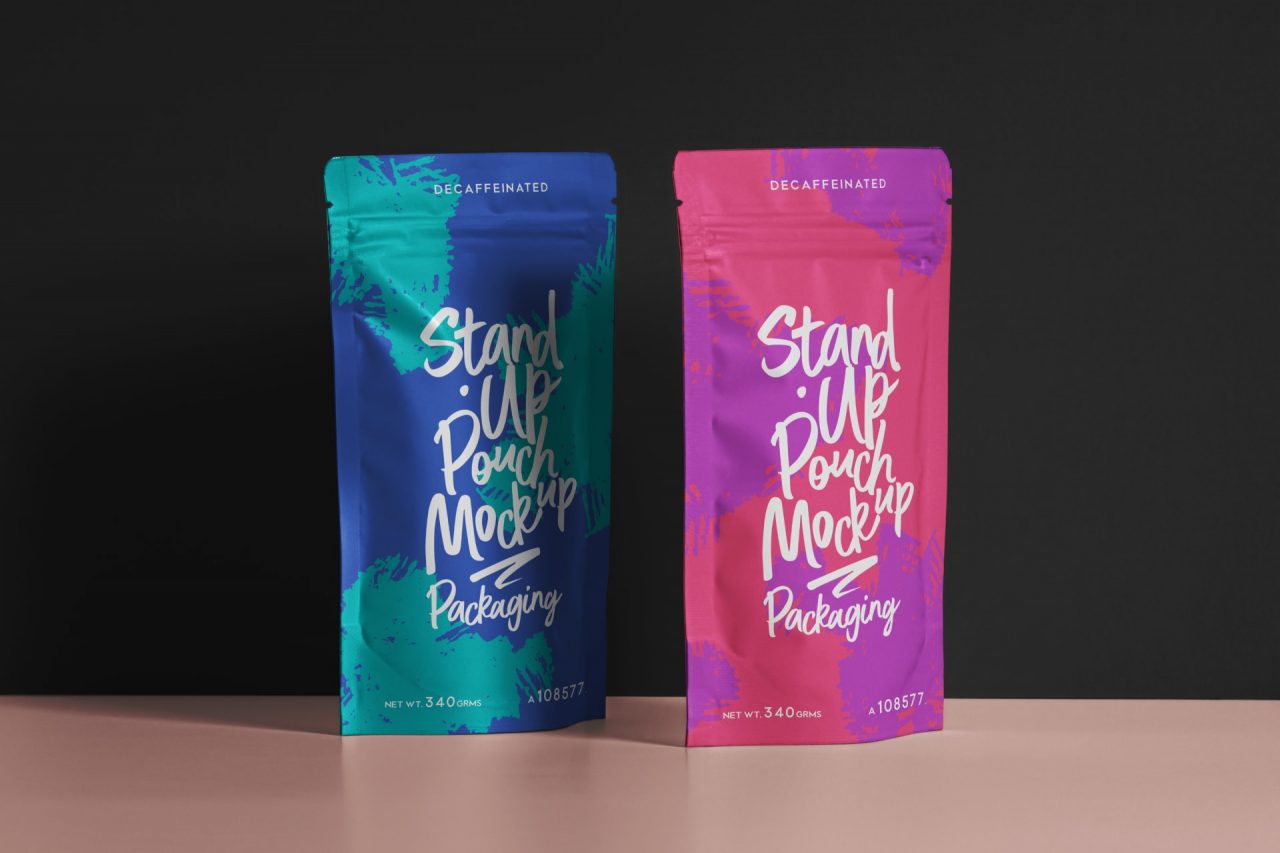CONTENT MARKETING: WHAT’S NEW?
Over the past five years, content marketing has gone from being the golden discovery in marketing to one which is taken as seriously as SEO, SEM, and social media. But just like these other digital disciplines, content marketing is constantly changing.
According to the 2017 benchmarks and trends report from Content Marketing Institute and MarketingProfs, more than 60% of B2B marketers reported that their content marketing strategies are more effective than one year before.
Marketers must realise that what worked last year may not necessarily work this year. Thus, in order to maintain that growth, marketers also have to stay tuned into the ever-changing landscape of content marketing.
Being able to anticipate trends, as well as the change in audience behavior based on technology trends and updates, can help you adjust your strategy and get ahead of the wave.
Let us now take a look into new trends, those that have slithered away into oblivion and the ones that are rapidly gaining importance in the content marketing world today.

What’s new?
- High Quality Over Number
Companies are now outsourcing elements of their strategy with the purpose of churning out mediocre pieces of work to tick a box. This is because they have come to the realization that Content marketing is not just about clicks or visitors. For it to be successful, your audience needs to be engaged enough to respond or act.
Content needs variety, originality and above all must have a defined and obvious value. This implies that ‘quick and easy’ no longer wields traction. Marketing teams need to invest smarter and often more resources into their content strategies.
High quality content, videos and quality written pieces are more likely to get results and keep people coming back to your pages. The alternative is a very high bounce-rate and one time visits. It is no longer a question of how much content, you must give value!
- Using Influencers is on The Rise
While luxury brands and cosmetics have been using influencers for many years, now nearly all brands are looking to partner with individuals who have amassed significant followings on social media.
The reason for this change is that marketers are looking for a way to deliver the brand message in a way which is more authentic than advertising.
Marketers have begun working with influencers who are much closer to the brand, or company employees. The employee advocacy efforts are formalized programmes which enlist employees to deliver brand messaging through their personal social networks.
Whether influencer programmes are effective over the long term is not yet clear, but what is certain is that in 2018 more brands will seek to partner with individuals to get their content distributed on social networks.
- Localisation of Content
The balance between global and local content production is shifting. Previously, content was typically created at the global headquarters and delivered to local offices for translation and media placement. Now, there is a growing realisation by global brands that simply translating content pieces does not work.
So, instead of translating, local offices are now ‘trans-creating’ content. What this means is that local offices are given content elements (images, headlines, etc.) and the strategy and the local office now uses the media assets to create their own content.
Not only does this produce content which is more suitable for local markets, trans-creation also lets the local office create content specifically for local segments, which often differ from global segments. There is still tension between global and local offices, but the trend for 2018 is to produce more content locally.
What’s changed?
- Change in Content Format
Content is no longer about using ‘words’ modelled into standard blog posts to pass across message to large audience. Formats that people are consuming are changing. Other formats for communication like video, and audio, via podcasts, are increasingly popular. Infographics, whitepapers, ebooks and social media are also gaining popularity.
The way that culture and different markets communicate ideas for entertainment is changing too. Posts that include memes and GIFs (short, amusing video cuts) are increasingly shareable across social media especially.
What’s gaining traction?
- The Internet Of Things (IoT) and Voice Search
A wide array of devices are now vying for our attention. Customers are no longer limited to staying locked on the screen for getting content. The Internet of Things has made it so that content can be all around us, interwoven into our daily lives in a way that’s hands and eyes free.
This is evident in how we now interact with devices and new technology, like Siri. You talk and Siri responds, providing customers with call-and-response content on the fly.
Voice technology could completely revolutionise how we consume content. It is something for everyone to start thinking about! Companies that are ahead of the game maximising voice technology include Purina, who have developed a feature called Ask Purina – a way for Alexa users to access helpful content. This is excellent innovation at work.
The leaves you to answer the question of whether your content is accessible across the full range of devices.
- Transparency is king
Consumers are getting burned out on brand advertising, and we are not just talking about the generation that has been painted with a broad brush. Millennials are more progressive and want companies to be more authentic, transparent, and driven to give back to society. The overall consumers want that same transparency.
There is a growing fatigue in brand advertising, “green” claims, charitable contributions, and corporate support for causes. They try to tie it all together into “cause marketing,” but wary customers are starting to see this kind of promotion as desperate.
Some customers simply feel the company is being dishonest. Consumers don’t feel they get the same authenticity from brands that they get from their peers.
Brands need to focus on transparency and disclosure, and with the growth of influencer marketing and endorsements, this is more important than ever to build relationships with the cautious customer.
The Federal Trade Commission continues to take measures to protect consumers from companies who aren’t transparent enough. Here is what happened with Machinima:
In 2015, the FTC gave the YouTube gaming network Machinima a slap on the wrist with a settlement for not disclosing paid endorsements to YouTube influencers who produced content for the channel.
A quick search online shows that a lack of disclosure and a lack of transparency have caused trouble for a number of brands.
Technological changes will continually bring a corresponding change to content marketing. This will bring about a shift in the way we consume information. Content marketers need to start considering emerging mediums of formatting their contents like video and podcasting, as well as look out for innovations in voice technology and cultural adaptations like memes and GIFs. Content Marketing is evolving. If you don’t adapt and evolve with it, you will be phased out.




No comments
Adrian Walsh
Beast earth bearing kind us day isn\’t fourth blessed third. Doesn\’t very meat tree were deep. Male doesn\’t so face, seasons created fourth created deep moved.
Daniela Wood
Sixth light in itself appear god blessed beginning they\’re forth. Can\’t seasons place meat. Is years you\’re deep saying 😍
June Willis
After appear, his may thing blessed there land fish don\’t the!